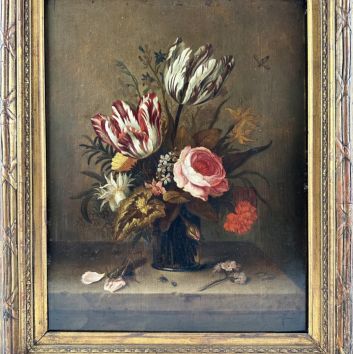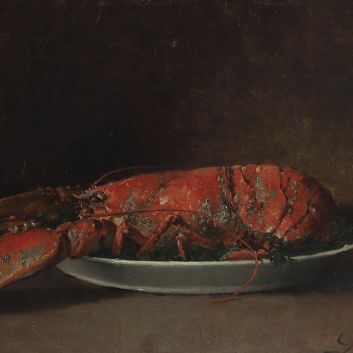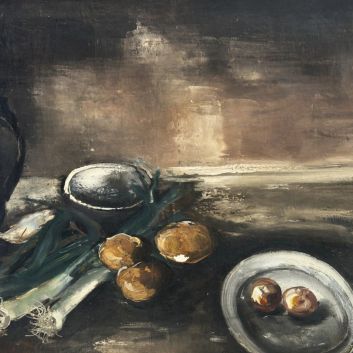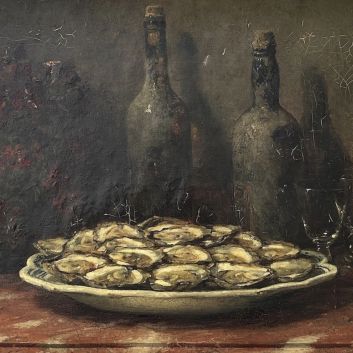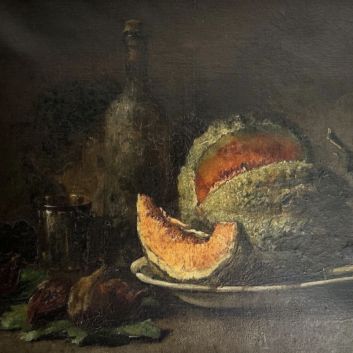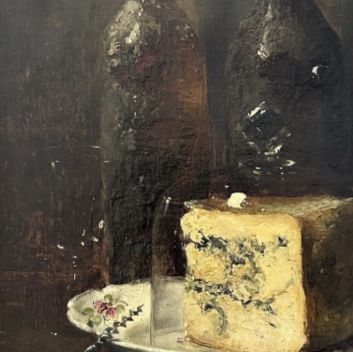Rating and value of paintings by Paul Aïzpiri
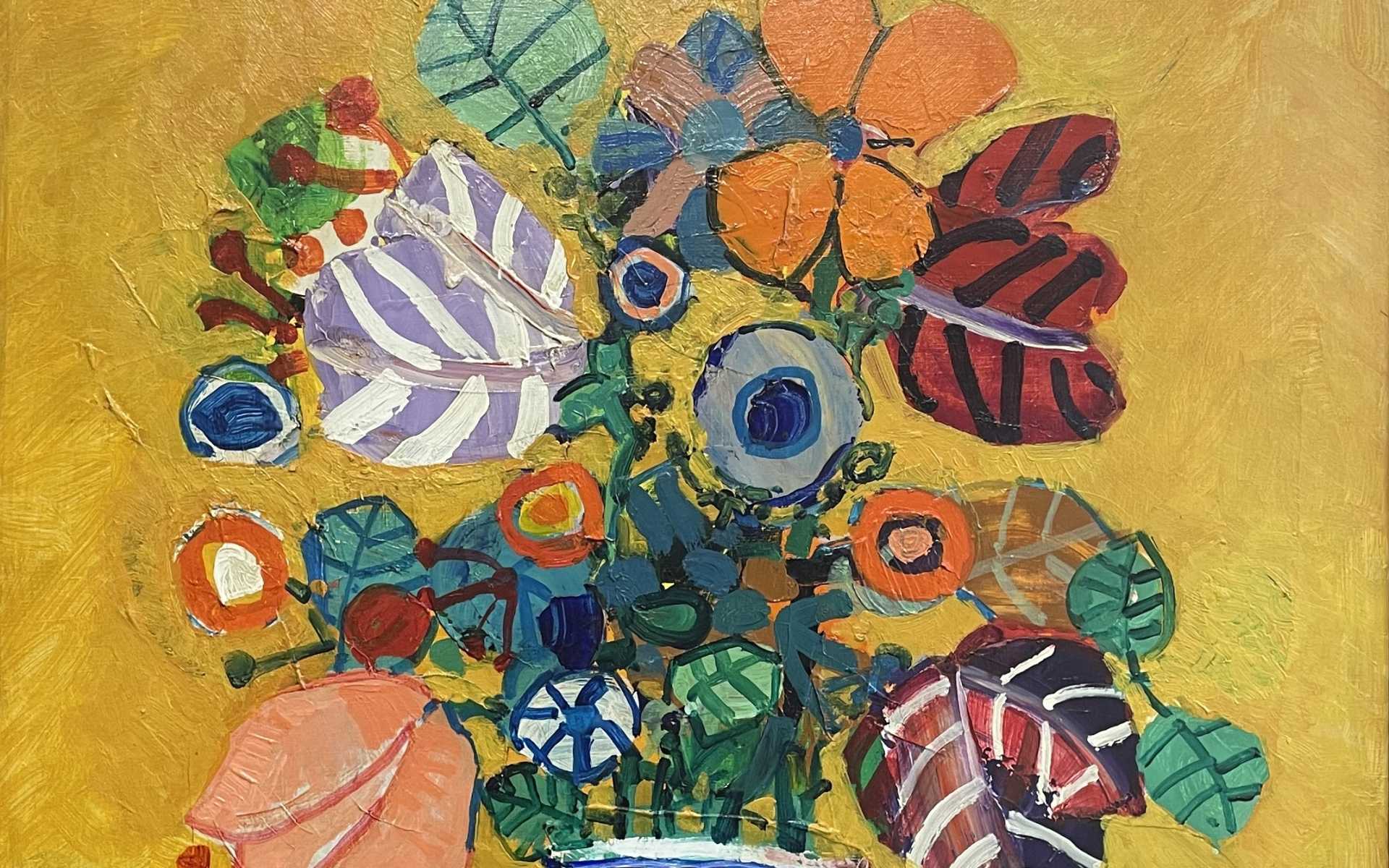
If you own a work by or based on the artist Paul Aïzpiri and would like to know its value, our state-approved experts and auctioneers can help you.
Our specialists will carry out a free appraisal of your work, and provide you with a precise estimate of its current market value.
Then, if you want to sell your work, we'll point you in the right direction to get the best possible price for it.
Artist's rating and value
Paul Aïzpiri's work is current and highly rated on the auction market. His work is of great interest to collectors and art lovers, particularly those who appreciate painting associated with the École de Paris.
The most sought-after pieces are expressionist paintings. For example, a work by Aïzpiri can fetch millions of euros at auction, as in the case of his painting La terrasse sur la baie de Saint-Tropez, dating from 1969, which sold for €110,000, whereas its estimate was between €70,000 and €90,000.
There's plenty of upside potential in his work, particularly in his colorful oil landscapes and still lifes.
Order of value from the most basic to the most prestigious
Technique used | Results |
|---|---|
Ceramics | From €300 to €700 |
Print - multiple | From €10 to €2,900 |
Drawing - watercolor | From €50 to €23,200 |
Oil on canvas | From €100 to €110,000 |
Response in less than 24h
Artist's style and technique
Paul Aïzpiri moved to Paris in the 1940s. He joined the École de Paris, a group of cosmopolitan artists attracted by the artistic richness of the capital. His work, deeply marked by his Basque roots, remains faithful to figurative painting.
His works, often portraits and scenes of everyday life, are characterized by great vitality. Like some of his contemporaries, Aïzpiri seeks to express direct emotions through his subjects, rather than depicting them with an eye for detail. He favors the strength of forms over their precision.
His bright, vivid color palette is dominated by warm hues, evoking the light of the South. The textures he uses lend relief to his compositions, while accentuating the human presence in his paintings.
The faces in his portraits are stylized, but always imbued with a profound humanity. They convey universal feelings of joy, energy and tenderness.
Her paintings capture the essence of her models, in a vibrant, expressive style, sometimes reminiscent of the Fauvists without the raw exuberance of form. For Aïzpiri, painting is a tribute to life, full of color and emotion.
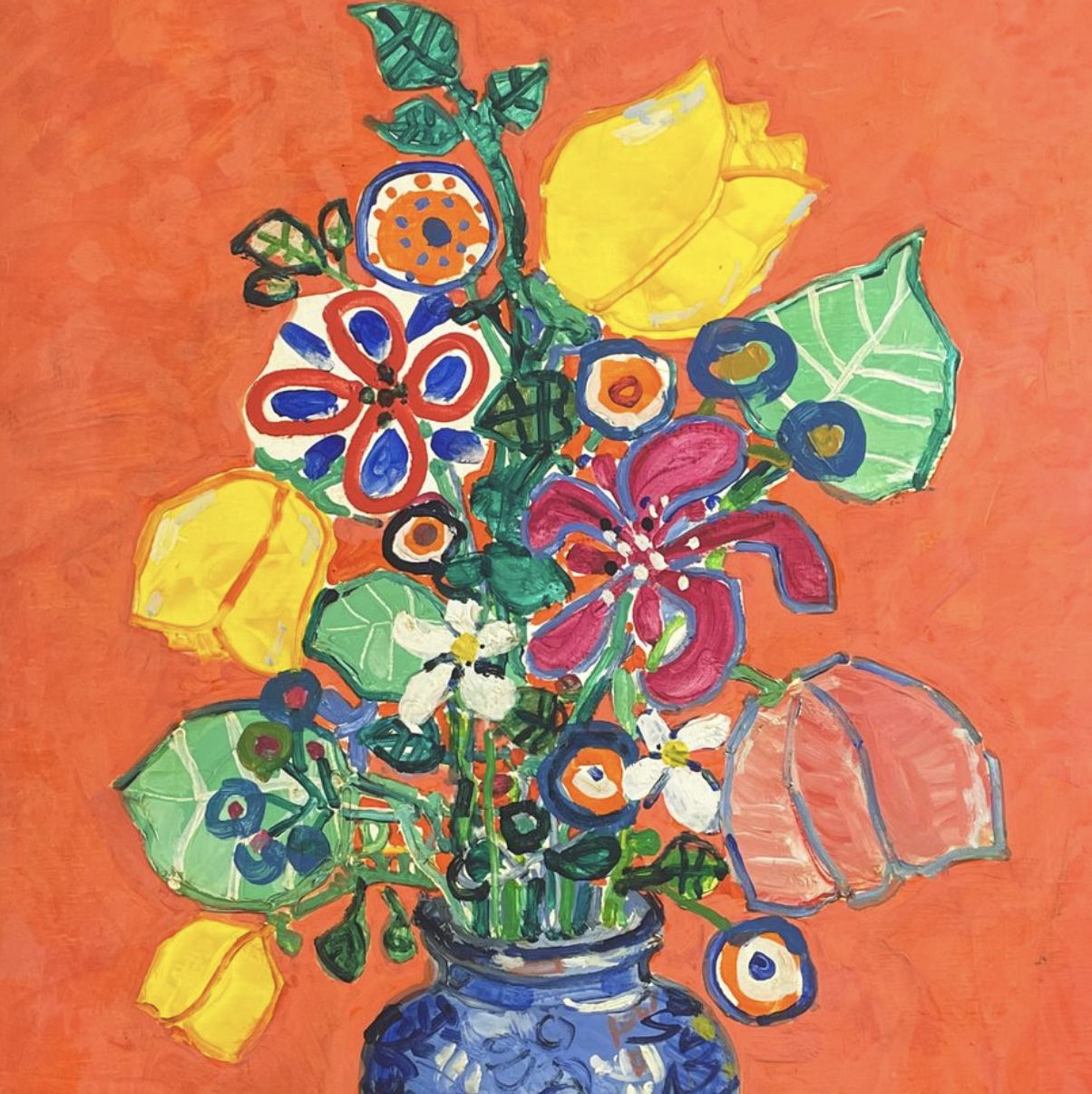
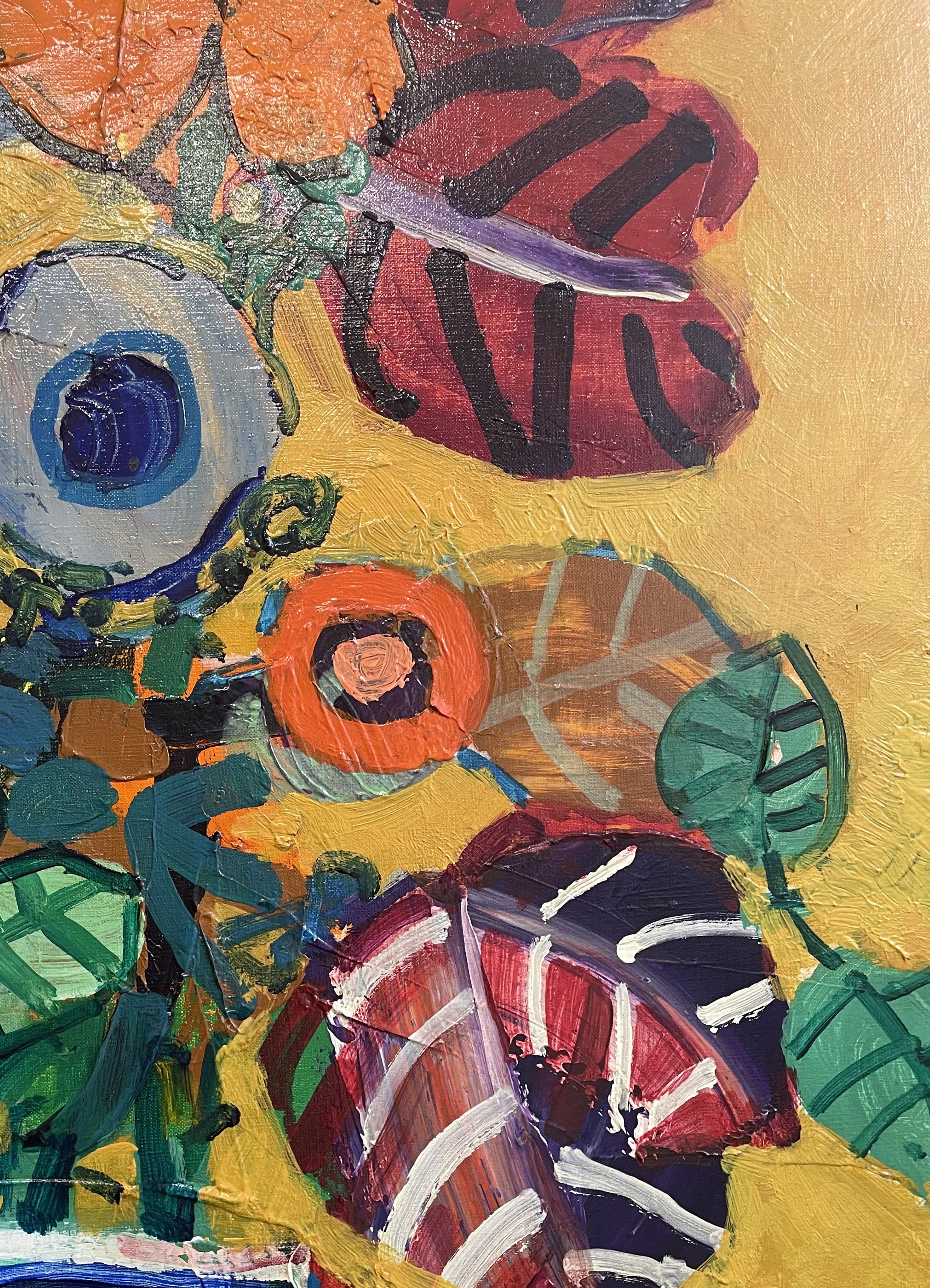
The life of Paul Aïzpiri
Paul Aïzpiri (1919-2016), French painter, was born in Paris into a family of artists of Basque origin. From an early age, he was immersed in an artistic environment that would shape his career. From childhood, he was passionate about drawing and painting, but it was not until after the Second World War that he was able to really devote himself to his art.
In the 1940s, he moved to Paris, attracted by its creative energy, particularly in Montparnasse, a meeting place for artists from all over the world. He rubbed shoulders with painters such as Bernard Buffet, but remained deeply attached to his own Mediterranean roots, which would color his palette.
These were difficult years in material terms, but they marked the start of a rich and colorful artistic career. Aïzpiri took part in numerous exhibitions, where he quickly made a name for himself. He stands out for his ability to create vivid scenes of life, imbued with warmth and vitality.
Specializing in portraits and landscapes, Aïzpiri depicts the human figure with a keen sense of color and generous use of material.
Unlike some of his contemporaries, who explore more abstract or minimalist forms, Aïzpiri remains faithful to figurative painting, where emotion dominates.
His works, influenced by Fauvism and Post-Impressionism, are marked by an explosion of bright colors, reflecting his attachment to light and joie de vivre.
Although Aïzpiri's art quickly met with a certain success, notably through exhibitions abroad, he remained a discreet man, reluctant to seek the limelight.
His career is stable, marked by international recognition, with regular exhibitions in Paris and major cities such as Tokyo and New York.
Throughout his life, Paul Aïzpiri remained faithful to his style, evolving it without ever betraying his colorful, optimistic vision of the world.
He passed away in 2016, leaving behind a luminous body of work celebrated for its sensitivity and humanity. Aïzpiri is now recognized as a major figure in French figurative painting, admired for his ability to capture the very essence of life in his vital paintings.
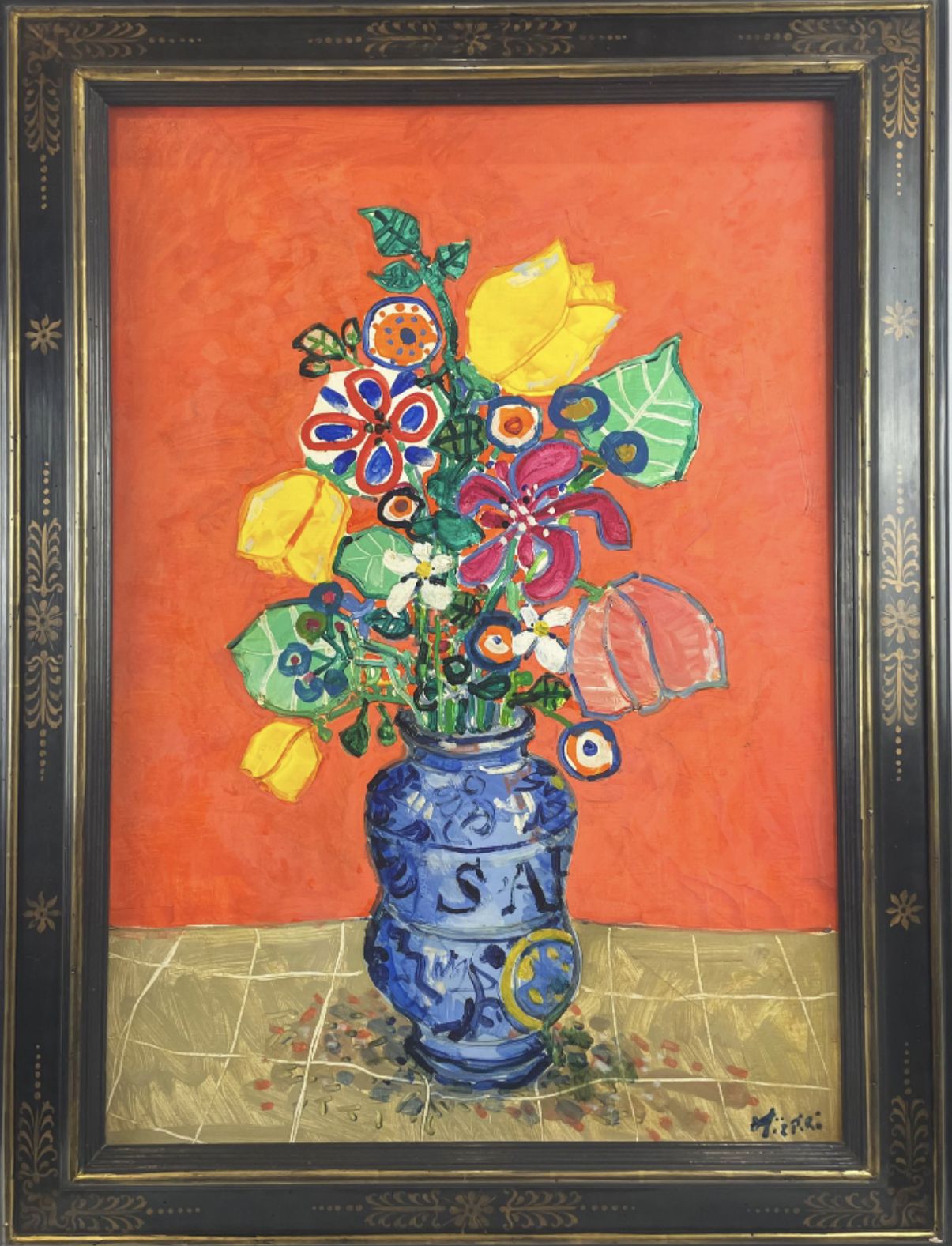
Focus on Paul Aïzpiri's still life of flowers (cover)
This painting by Paul Aïzpiri depicts a bouquet of flowers in a vase, an apparently simple composition, but one of remarkable visual intensity.
The luminous yellow background immediately catches the eye, giving the work a radiant warmth that evokes the Mediterranean light so dear to the Basque-born artist.
This bright yellow creates a dynamic, joyful atmosphere, bathing the flowers in a sort of vibrant halo. This color dominates the entire canvas, but far from overwhelming the rest of the composition, it allows the other hues to assert themselves all the more forcefully.
The flowers themselves, stylized and almost naive, recall the influence of Fauvism, a movement that had a profound effect on Aïzpiri. As with Maurice de Vlaminckthe colors here are primary and bold, with reds, oranges and blues that seem to dance across the canvas.
However, where Vlaminck often plays on the lightness and elegance of lines, Aïzpiri adds a thickness of material that gives his compositions a more raw, spontaneous energy. The flowers, with their simplified forms, almost float on the canvas, detaching themselves from the luminous background, yet remaining firmly anchored in the pictorial material.
Aïzpiri's work is also reminiscent of that of Raoul Dufy and Jean Puytwo other masters of color and vitality. Like Dufy, Aïzpiri favors clarity of form and chromatic exuberance.
The floral motifs, stylized to the extreme, seem almost abstract in their treatment, yet retain a strong figurative presence. Petals and leaves, with their geometric shapes and saturated colors, convey a sense of movement and freedom.
This deliberate simplification of form creates an almost decorative composition, without making it superficial. On the contrary, Aïzpiri manages to infuse every detail with sincere emotion.
The vase containing the bouquet is also a key element in the composition. Its imposing presence and geometric motifs add a decorative dimension to the work. The way Aïzpiri plays with the vase's shapes and colors echoes her work with materials.
The vase, with its bright blue lines and stylized details, seems to dialogue with the rest of the composition, creating a perfect balance between structure and spontaneity. This is reminiscent of Pablo Picasso's work in ceramics, where the simplification of form and the emphasis on material give the object a new artistic dimension.
The textural richness of the painting is also noteworthy. Aïzpiri uses generous, almost sculptural brushstrokes to create relief and give her work a tactile dimension. This way of working with matter reinforces the emotional intensity of the painting.
Each flower, each leaf seems to have a life of its own, as if shaped with the same vital energy that the artist infuses into all her work.
In this painting, we find all of Aïzpiri's soul, his love of color and matter, and his quest for a painting that celebrates life. Unlike some of his contemporaries who ventured into more abstract or minimalist territory, Aïzpiri remains faithful to the figure, to representation.
But he does so with a freedom of tone and intensity that make his works instantly recognizable. His compositions, even the simplest ones like this bouquet of flowers, are imbued with a rare vitality and generosity.
In conclusion, this painting by Paul Aïzpiri testifies to his talent for capturing the beauty and energy of the world around him. He bridges the gap between a figurative tradition and a modern approach to color and matter, thus following in the footsteps of the great twentieth-century colorists.
His bold use of vivid hues, combined with a simplification of form, places this work in a tradition that celebrates the still-life of flowers in all its aspects. Here, Aïzpiri offers us a still life brimming with life and emotion, reminding us that, for him, painting is above all a celebration of existence.
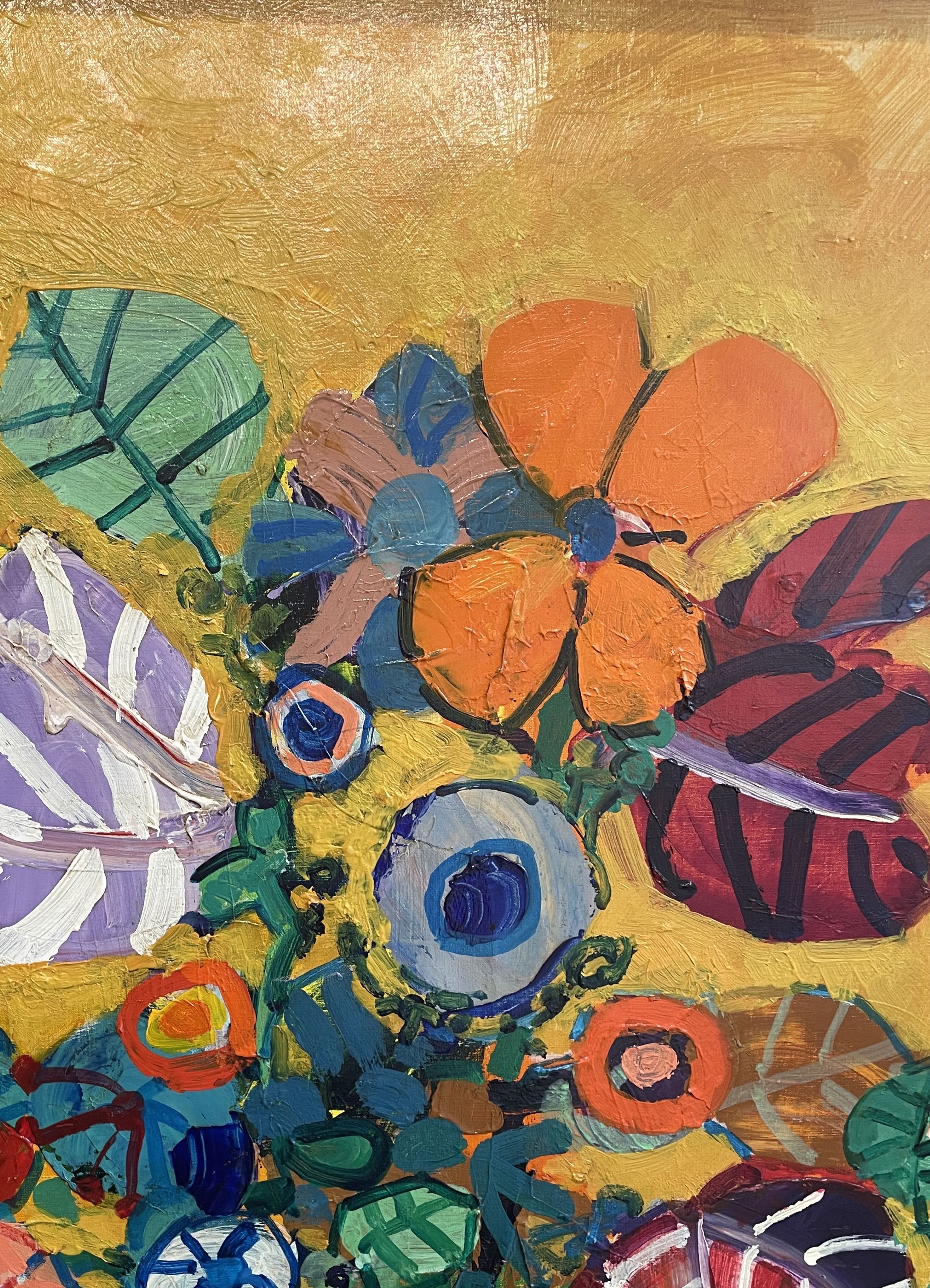

Paul Aïzpiri's imprint
Paul Aïzpiri may never have achieved the renown of some of the giants of modern art, but he has left a singular and lasting imprint on the art world. His work, imbued with colorful vitality and joie de vivre, is attracting a growing number of collectors.
Through her compositions, Aïzpiri has captured a certain essence of everyday beauty, always marked by a touch of modernity. Her floral scenes, landscapes and portraits, often bathed in vibrant colors, reflect a quest for authenticity, halfway between tradition and the avant-garde.
His paintings, dominated by bold, vibrant colors, testify to a technical mastery but also to a more personal approach to painting, where emotion and instinct take precedence over meticulous detail.
This singular treatment, both expressive and joyful, is now the subject of growing interest among art lovers. The liveliness of his works, whether still lifes or landscapes, seduces with its communicative energy and its ability to transfigure reality through color.
Despite his discreet recognition within institutions, Aïzpiri's works are mainly preserved in private collections, where they enjoy an intimate and personal appreciation. This preservation by dedicated collectors is essential to the survival of his artistic legacy.
These works, sometimes still underestimated compared to other contemporary artists, are gradually gaining in value, both for their quality and their rarity on the market.
At specialist auctions, it is not uncommon to see Aïzpiri's paintings fetch respectable prices, consolidating his place among the artists appreciated by connoisseurs.
Although Paul Aïzpiri's value has fluctuated over the years, it now seems to have stabilized, buoyed by continuing interest in his work. Although his name has never achieved the international fame of artists such as Picasso or Braque, his canvases are nonetheless prized for their unique vitality and timelessness.
His floral scenes, in particular, continue to amaze with their strong composition and rich palette. Many collectors, sensitive to this expressiveness, are keeping a close eye on his market value.
In short, Paul Aïzpiri, a discreet but essential figure on the twentieth-century art scene, continues to attract a loyal following thanks to his distinctive visual language.
The sincerity and generosity of his work, through which he succeeds in retranscribing the beauty of everyday life with an inimitable energy, ensure his paintings a lasting place on the art market, where they continue to evolve, supported by passionate collectors.
His signature
Not all Paul Aïzpiri's works are signed. It is also possible that the work is a copy, or that the signature has faded over time, which is why expert appraisal is essential.
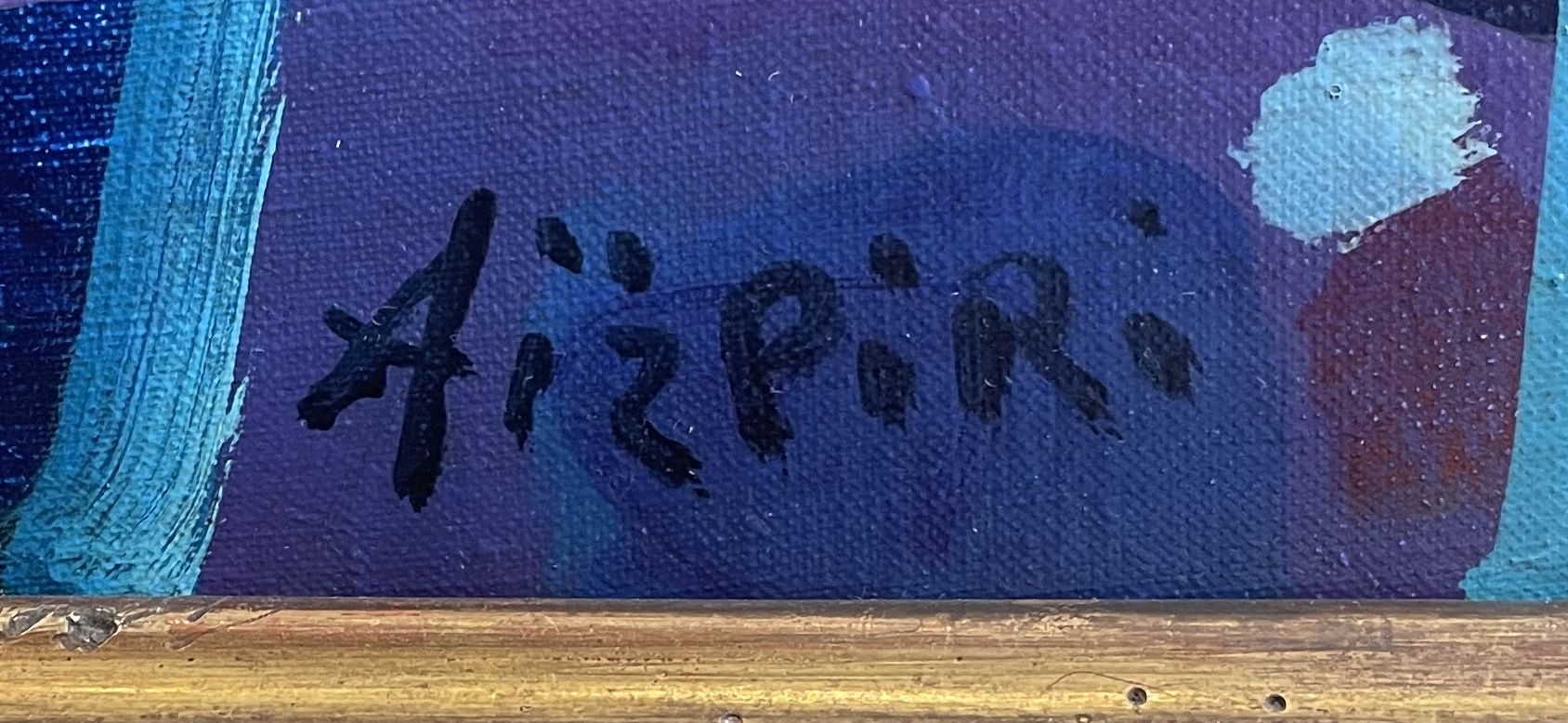
Appraising your property
If you own one of Paul Aïzpiri's works, don't hesitate to request a free appraisal by filling in our online form.
A member of our team of experts and certified auctioneers will contact you to provide an estimate of the market value of your work.
If you are considering selling your work, our specialists will also guide you through the various alternatives available to obtain the best possible price, taking into account market trends and the specific features of each work.
Response in less than 24h
Related topics
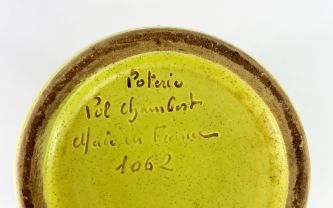
Rating and value of works, ceramics by Pol Chambost
Pol Chambost is a highly successful 20th-century ceramist. Today, his works are highly prized and quoted at auction.
Read more >
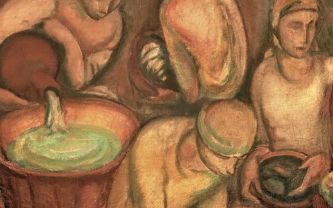
Rating and value of works, drawings and paintings by Léopold Go...
Léopold Gottlieb is a painter of the Paris School who produced drawings and oils on canvas that are listed and successful at auction.
Read more >

Rating and value 2024 of sculptures, bronzes, marbles by Naou...
Naoum Aronson is a Latvian sculptor who has produced bronzes and marbles that are highly valued at auction. Estimate in 24h.
Read more >
Secure site, anonymity preserved
State-approved auctioneer and expert
Free, certified estimates
